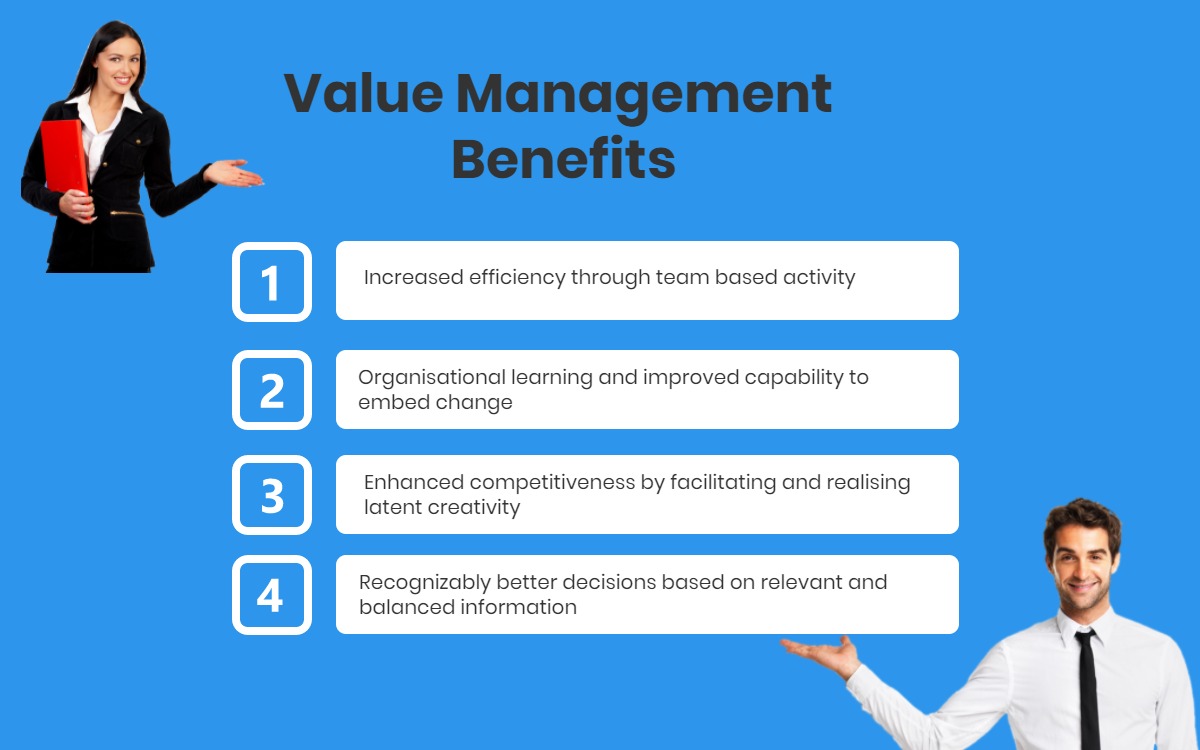Carlisle, also known as the Great Border City as it has a common border with Scotland and England, is located in Cumberland at the convergence of the rivers Eden, Caldew and Petteril. It serves not only as the administrative centre for Cumbria County Council and Carlisle City Council but is also the largest settlement in the Cumbria County. Carlisle is known to have been a Roman settlement. Carlisle became an important military settlement during the Middle Ages as it enjoyed the closeness with the Kingdom of Scotland. One of the main attractions of Carlisle is the Carlisle Castle which was built by William Rufus in 1092 AD and was to be the prison of the Queen of Scotts, Mary. In the 12th Century, by the order of Henry I, a nunnery came up in Carlisle. A diocese came into existence somewhere in the 1130’s and the priory became a cathedral that is now known as the Carlisle Cathedral. Carlisle is a place of historic importance as all the greats such as Celts, Romans, King Arthur and Bonnie Prince Charlie have either ruled or lived.
Later, the Industrial Revolution saw the rise of the textile industry and the beginning of a social as well as economical transformation in Carlisle.
Attractions
- The Carlisle Castle: The Carlisle Castle has stood here for nine centuries. The Castle was home to the King’s Royal Border Regiment and even held Queen Mary of Scotts as a prisoner. As of today, it is a place of an exhibition that showcases its history to the generation of the 21st Century in the form of exhibitions. The Castle also has Cumbria's Museum of Military Life that depicts the arms and other objects used by the military of the various kings in battles and wars.
- The Carlisle Cathedral: Carlisle Cathedral is considered to be a magnificent piece that has been taken from the history of North West England. Having stood on the border for almost 900 years it seems to say a tale of its own. Even though it is not the biggest cathedral in England, it delights the visitors due to its religious connections. Visitors come here just not to see the cathedral but also to make worship to the Lord and praise Him. Here religion is no bound. Anybody from any religion can come and sit in the congregation at these services. Visitors come here to discover stories of faith, love and hope.
- Our Lady and St Joseph's Church: Built in the early 1890's, this church is a Roman Catholic Parish church. The church has a building that is listed as Grade II.
Transport
Owned and managed by the Stagecoach, the bus station serves Carlisle. Located on the Dury Lane are the bus station that is served by a travel centre and seven stands. The present station was a replacement for a larger station at the same site. The replacement took place in the 1990s. Stagecoach in Cumbria and Arrestation at the iva North East are the main operators of the bus station in Carlisle.
Media
For around 48 years, 1961 to 2009, Carlisle played host to the Border Television that served the ITV Border region. After 1970’s Border Television suffered a decline in both the quantity and the range of its output. The premises of the Border Television were demolished after it shutdown operation in 2010. No programs were telecast till 2014. Border Television announced its return to Carlisle in 2014. As far as the printed news is concerned, it is taken care of by The Cumberland News. The newspaper is published every Friday.





